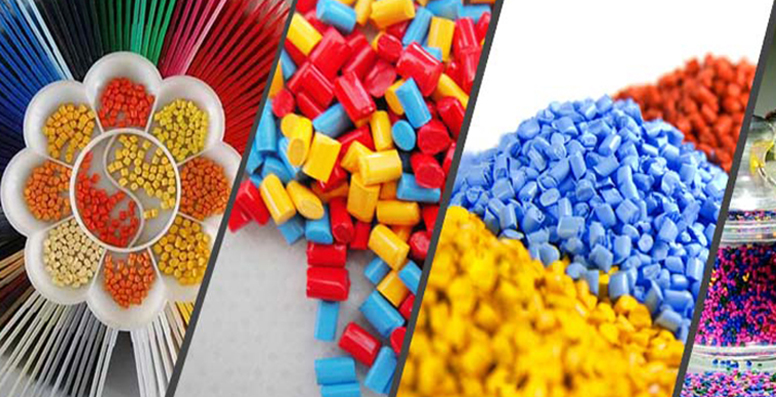Plastic
Polymeric materials have entered human life in the twentieth century and have undergone many changes in technological advances and changes in human lifestyle. Polymeric materials are mainly produced from oil and gas derivatives; However, some polymeric materials have a biological basis; That is, they are made from materials that have been extracted from nature. Some other polymeric materials are extracted directly from nature. Polymers are used in various forms in industry.
The term “plastic” refers to a wide range of materials and products derived from the processing of polymer resins. These long-chain molecules are made up of several smaller monomers held together by covalent bonds. Each type of plastic has unique properties, such as different values of tensile strength, abrasion resistance, dimensional stability, functionality, temperature resistance, chemical resistance, impact resistance, transparency, moisture absorption and electrical properties.
Plastics are made of synthetic, natural and organic monomers and are divided into two categories: thermoplastic and thermostatic. While the names are very similar, it is important to distinguish between the two when choosing the right materials for a particular application.
In recent years, the use of polymeric materials and their evolution in various industries has increased so much that almost nowhere can be imagined without their presence. Today, the role of using polymers in various industries is a pivotal role and responds to most of the basic needs of society along with its significant benefits.



























